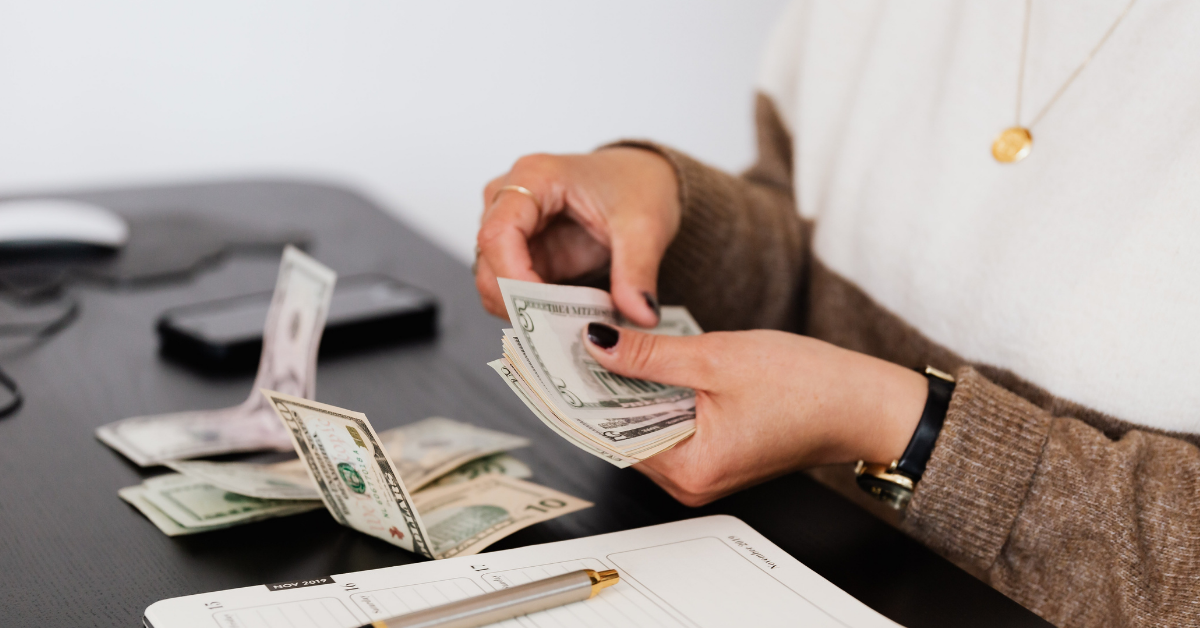Get Prepared: Paying Student Loans Again

You probably don’t want to hear two of the most dreaded words in the English vocabulary: student loans. But as nice as it has been having a reprieve from payments, it is wise to expect payments will start beginning again, with a projected date of January 2022. Some of you may have been making payments this whole time, which is a smart move. This is going to help lower your balance exponentially faster since you aren’t having to pay interest charges on top of your payment. If you’ve been hoping this whole time that just maybe Congress would forgive student loan debt, it doesn’t seem like a likely scenario at this point. Instead, we are encouraging members to take a proactive approach on how you’ll add this expense back in your budget without feeling the pain from trimming elsewhere. Here are the top three things to consider before January 2022 arrives.
1. Research Refinancing
We don’t advise this option lightly. There are a few things you need to strongly keep in mind before you pull the plug on refinancing. The important detail to realize is student loans are typically low in interest, much lower than a personal loan. Before you refinance, make a list of your loans with their individual interest rates. Take note of the higher interest rates and what kind of balances they have. For example, if you receive an approved refinanced interest rate at 5%, but have a $4000 loan at 3%, and a $2000 loan at 6%, you do not come out ahead. Your new interest rate is lower than the $2000 loan, but you will be paying much higher interest fees on the $4000 loan than if you just kept it the same. In this scenario, it would be better just to refinance the $2000 loan only, since it’s current rate of 6% is higher than the new rate of 5%.
2. Act Like You Already Have to Make Payments
The noticeable biggest challenge for many borrowers will be adding an extra payment you currently are not paying. One way to lessen the blow is to act like you have that extra bill now. When you receive your paycheck, put your projected student loan payment aside in another account, such as a savings account, so your checking account can adapt to having less money. Since it’s only September, you can start this practice in October and start feeling the impact of that extra note. When you need to make your payment again, it is muscle memory and you won’t feel the extra pressure on your wallet as much.
3. Can You Pay Something Off?
Sometimes the easiest way to manage another upcoming bill is to see if you can pay something else off, making room for your future payment. Maybe your credit card or car note has a very low balance, and you can use some extra funds in savings to completely pay it off. Although you may lose some of that money from your savings, it may help you stay afloat as you pay off your student loans.
It Won't Always Be Like This

One thing to remember is this: student loans aren’t forever. Unlike a car loan, after you graduate, there is a pretty large likelihood you won’t be heading back to school, and thus should not need to borrow money for your education again. Once you pay off your student loans, you could be done forever! This may be the extra motivation you need to pay more than your minimum payment every month, which will help you see the end even sooner. If you would like to sit down with one of our loan officers and discuss your options to finally get out of student loan debt as soon as possible, we are more than happy to do so. Good luck! You got this and before you know it, you too can say goodbye to student loans forever.


